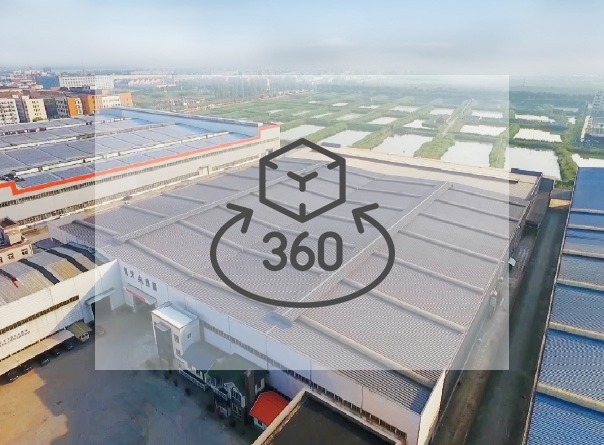More and More People are Choosing Prefabrication or Modularization
Prefabricated houses are built in sections in large warehouse-like facilities, eliminating weather damage or delays, then moved to the site and assembled. They’ve come a long way from the “manufactured homes” of yesteryear and the industry has evolved to the point where their homes look the same as homes built on-site.
The “prefab” or “modular” option is apparently being looked at seriously by a number of fire burnouts, not only as primary residences, but as temporary residences and accessory dwelling units, or “granny flats,” as they’re sometimes called. Some of the biggest reasons for their appeal are that prefabs cost less and are faster to build than an on-site construction, but have comparable quality.
The industry reps say that one of the first steps someone should take when considering a prefab is to request a site survey to make sure the property and the road leading up to it will facilitate the structure. Otherwise, if some prefabricated parts are too large, they will encounter trouble in transportation.
The prefab companies all maintain that their building materials and designs are as fireproof as possible. Putian use steel frames and bolts, metal siding, roof sprinklers and a continuous membrane across the roof,” one said. In addition, they said their home must meet the earthquake standard, "earthquake resistance also means wind resistance."
In response to questions about cost, some give a ballpark price, and costs are quoted up front. Most companies will allow buyers to tour their factories and see their homes being built. Some are willing to competitively bid the pre-delivery site work.
If you want to know more about prefab housing prices, you can click here: https://www.pthhouse.com/







 English
English Español
Español 中文简体
中文简体 Français
Français عربى
عربى










